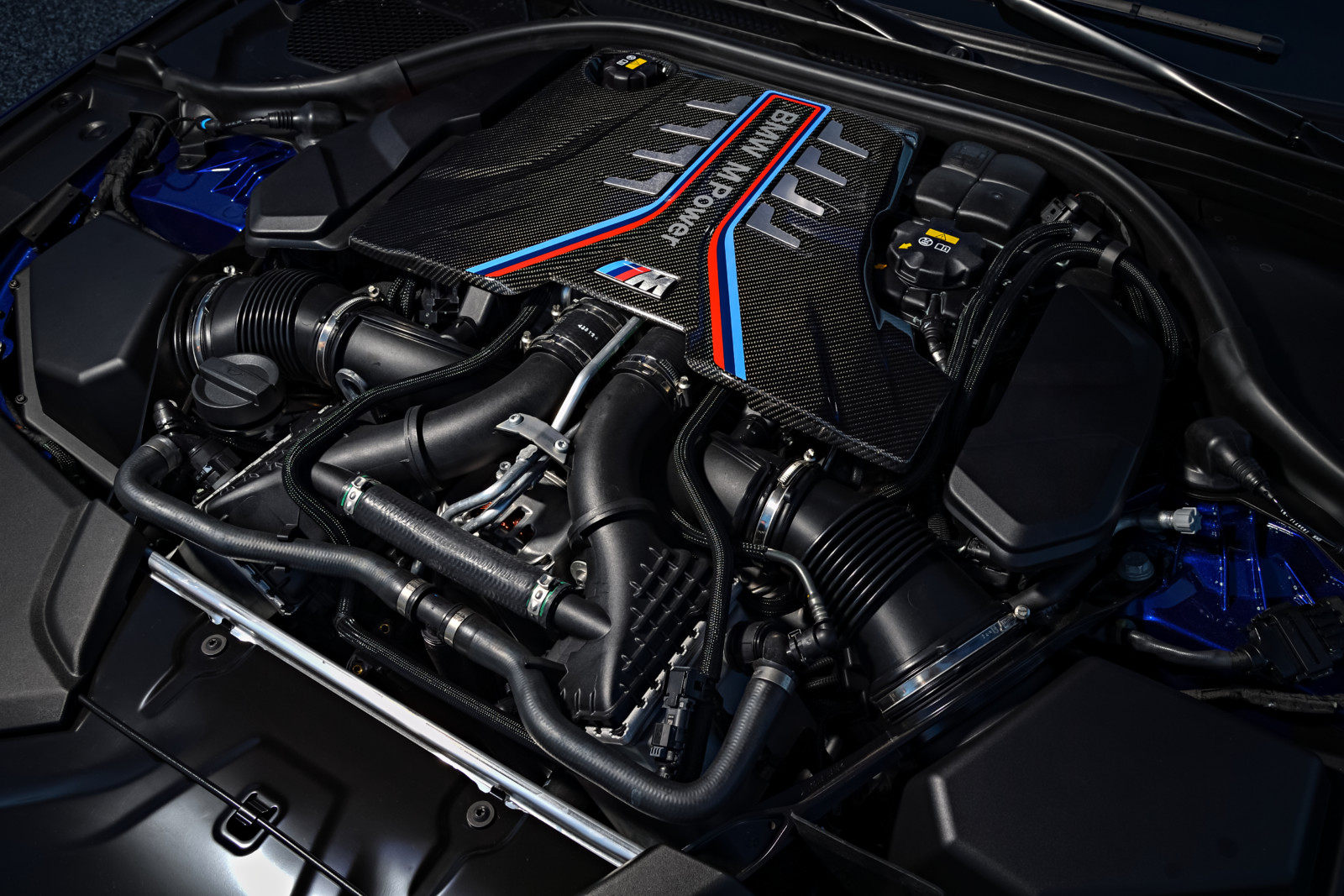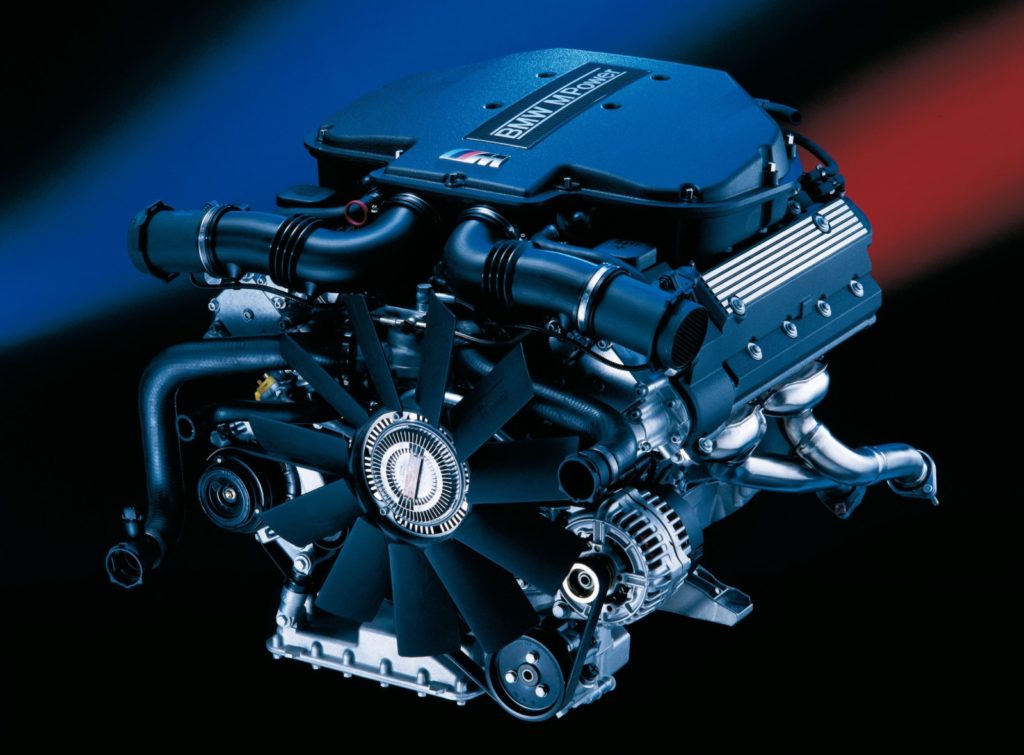Checking Out the Development of Burning Engines in Modern Transport Solutions
As we navigate the landscape of modern transport, the advancement of burning engines stands as a testament to human resourcefulness and design expertise. From their modest starts to the innovative giants propelling automobiles today, burning engines have actually gone through an exceptional journey of innovation and adaptation. Understanding the details of this advancement not only sheds light on the past but likewise paves the way for imagining what exists ahead in the world of transportation modern technology. The interplay of history, modern technology, and ecological problems in shaping the trajectory of burning engines develops a story that is both compelling and informative.
Early Beginnings of Combustion Engines
How did the concept of combustion engines very first emerge in the beginning of transportation advancement? The origins of combustion engines can be mapped back to the 17th century when the principles of internal combustion were initial discovered. In 1673, Christian Huygens conceived a basic inner combustion engine that made use of gunpowder to create power. It had not been up until the late 19th century that sensible applications of burning engines in transport started to emerge.
The breakthrough minute featured the innovation of the initial successful gasoline-powered engine by Karl Benz in 1885 - bmw engine. This engine paved the means for the development of the contemporary auto, changing transportation systems worldwide. Subsequent innovations by Nikolaus Otto and Gottlieb Daimler additionally improved combustion engine technology, leading to the automation of vehicles and the fast growth of the transport market
These very early combustion engines were defined by their simpleness and efficiency, laying the foundation for the facility and effective engines utilized in contemporary transportation systems. The advancement of burning engines has contributed in shaping the method we take a trip and deliver goods, marking a significant milestone in the background of transport development.
Transition to Internal Combustion Innovation
The change to interior combustion modern technology noted a pivotal shift in the advancement of transport systems. This shift started in the late 19th century, with creators like Nikolaus Otto and Gottlieb Daimler establishing the very first effective inner combustion engines. These engines reinvented transport by using a more powerful and efficient alternative to heavy steam engines and electrical motors.
Among the key advantages of interior combustion engines was their ability to be scaled down to fit into lorries, leading to the advancement of bikes and automobiles. This shift from cumbersome, stationary engines to small, mobile ones paved the way for the modern-day transport systems we see today.
The shift to inner combustion modern technology additionally stimulated developments in gas modern technology, resulting in the development of fuel and diesel as key gas resources for cars. This shift not only made transportation much more obtainable to the masses however likewise laid the foundation for the oil and gas sector to end up being indispensable to international economies.
Effect of Combustion Engines on Transportation
The adoption of burning engines in transportation systems catalyzed an extensive change in the efficiency and rate of worldwide wheelchair. Burning engines transformed transportation by providing a dependable and functional source of power for various automobiles, including vehicles, planes, ships, and trucks. This advancement significantly boosted the ability for people and goods to conform long ranges in shorter time frameworks, leading go to increased connectivity between regions and countries.
In addition, the prevalent use of burning engines has actually had a significant impact on economic development. The capability to carry products successfully has stimulated profession and commerce, enabling companies to increase their markets and get to consumers worldwide. This has actually facilitated economic development and globalization, as products can currently be transferred faster and in bigger amounts than ever.
Nonetheless, the ecological effect of combustion engines can not be overlooked. The burning of fossil gas has caused air pollution and greenhouse gas discharges, contributing to environment modification and posturing health risks to populations. bmw engine. Therefore, there is an expanding focus on establishing alternate propulsion technologies to minimize these adverse effects and develop a more lasting future for transportation
Innovations in Combustion Engine Style
Numerous innovations in combustion engine design have actually pushed the advancement of transportation systems over the years. One significant development is the growth of turbocharged engines, which utilize exhaust gases to drive a turbine that compresses incoming air, enabling more gas to be charred, leading to boosted power output without a considerable rise in engine size. In addition, direct shot modern technology has actually improved fuel efficiency and performance by specifically regulating the amount and timing of gas injected right into the combustion chamber. Variable shutoff timing systems have additionally revolutionized engine layout by maximizing air flow at various engine speeds, enhancing both power and effectiveness. An additional significant innovation is the combination of lightweight products such as carbon fiber and light weight aluminum alloys, reducing overall engine weight link and boosting lorry gas economy. Additionally, advancements in computer-aided layout have actually enabled engineers to optimize engine performance and efficiency with simulations before physical models are constructed, conserving time and sources in the development process. These innovations collectively add to the continuous renovation of burning engines in modern-day transport systems.
Future Fads in Burning Engine Development
With technology advancements driving constant technology, the future of burning engine development is poised to change transport systems worldwide. One of the essential trends in combustion engine advancement is the push in the direction of greater efficiency and reduced emissions.
Another popular pattern is the fostering of crossbreed modern technologies in burning engines. Crossbreed engines integrate standard combustion modern technology with electric power, using enhanced fuel performance and lower exhausts. As the auto industry changes in the direction of electrification, hybrid burning engines are seen as a transitional solution that connects the void between standard automobiles and totally electrical ones.
Additionally, the combination of smart modern technologies, such as expert system and information analytics, is expected to play a significant role in the future of combustion engine advancement. These modern technologies can maximize engine performance in real-time, resulting in more reliable combustion processes and improved overall vehicle performance. Embracing these future patterns will certainly not just drive advancement in burning engine growth yet additionally add to an extra sustainable and eco-friendly transport ecological community.

Conclusion
In conclusion, the development of burning engines in modern-day transport systems has actually been marked by significant developments in technology and design. From the early starts of burning engines to the transition to inner burning technology, these engines have actually had an extensive impact on transport. Advancements in burning engine layout proceed to drive progression in this field, with future fads concentrating on more boosting efficiency and decreasing emissions. The future of burning engines in transportation looks appealing as research study and advancement efforts continue to push borders.
The roots of burning engines can be mapped back to the 17th century when the concepts of interior combustion were very first explored. These engines revolutionized transportation by supplying an extra efficient and powerful option to steam engines and electrical motors.
